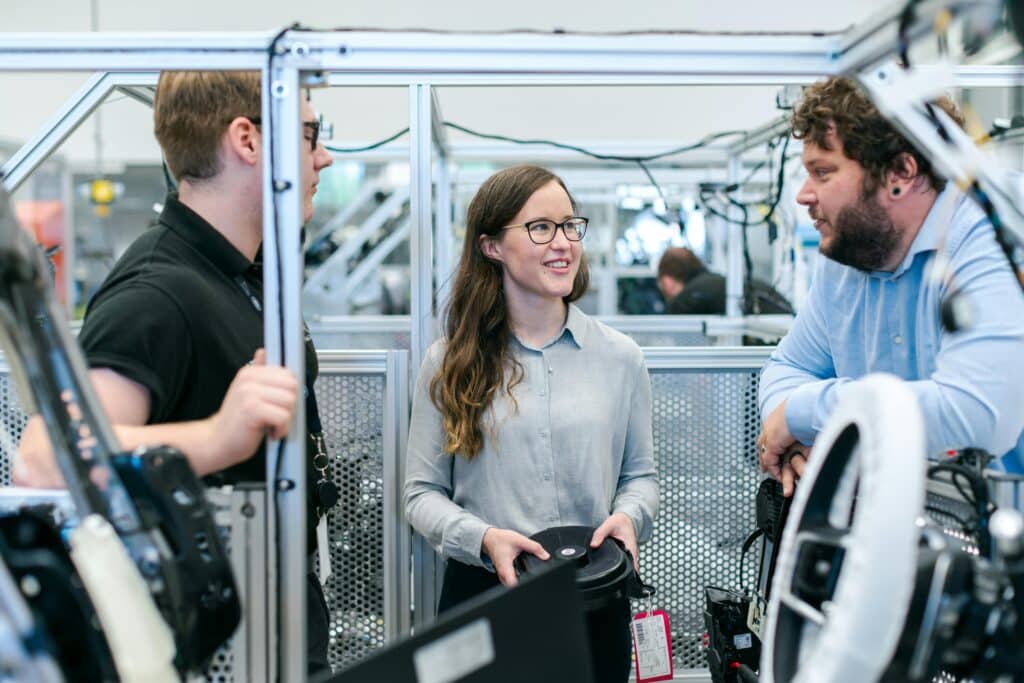The U.S. manufacturing sector is entering a critical phase. Over the next decade, an estimated 3.8 million manufacturing jobs will open across the country — a result of both increased reshoring and the mass retirement of baby boomers. But while job opportunities are growing, the pipeline of willing and qualified workers is shrinking.
At the heart of the issue is a generational divide. As older workers exit the industry, manufacturers are looking to younger talent — particularly Gen Z — to fill the void. Yet, interest from that age group remains limited, creating a potentially severe labor shortage that could undermine America’s industrial ambitions.
Why Gen Z Isn’t Lining Up for Manufacturing Jobs
Despite modernization across the sector, manufacturing jobs still carry a dated reputation. Many young workers perceive these roles as dirty, monotonous, or physically demanding — a far cry from the clean, tech-forward environments that now define many factories.
Instead, Gen Z tends to favor careers that offer creativity, flexibility, and remote options. Sectors like software, digital marketing, and e-commerce often win out over manufacturing, even though wages in advanced manufacturing can be highly competitive.
Industry leaders, like Carolyn Lee of The Manufacturing Institute, argue that the public perception of manufacturing needs an overhaul. “Manufacturing today requires problem-solving, tech skills, and continuous learning,” Lee explains. “It’s not the industry of 50 years ago.”
Immigration, Education, and the Skills Gap
The labor shortage isn’t only a generational issue — it’s also tied to immigration and education policy. Historically, immigrant workers have helped support the manufacturing workforce, particularly in entry-level roles. But stricter immigration laws and a slowdown in new arrivals have contributed to the growing shortage.
Meanwhile, decades of emphasis on four-year college degrees over trade education has eroded interest and accessibility in vocational training. As a result, fewer young people are being prepared for careers in skilled trades or manufacturing jobs.
The Urgent Need for Change
To meet future demand, manufacturers must take bold steps. These include:
- Rethinking recruitment strategies to better reach and resonate with Gen Z
- Investing in workforce development, including apprenticeships and technical training
- Improving workplace culture with flexibility, career growth, and modern benefits
- Partnering with schools and communities to rebuild the talent pipeline
Some companies are already responding by offering signing bonuses, upskilling programs, and clearer career paths. Others are leaning into automation to help offset labor shortages — though even the most advanced systems still require skilled human operators.
The Bottom Line
There’s no doubt that manufacturing jobs will play a crucial role in America’s economic future. But to fill millions of roles in the next decade, the industry needs to shift how it thinks about labor — and how it presents itself to the next generation.
Without a stronger connection to Gen Z and meaningful policy reform, the country risks falling short on its goals to reshore production and build a resilient industrial base.

